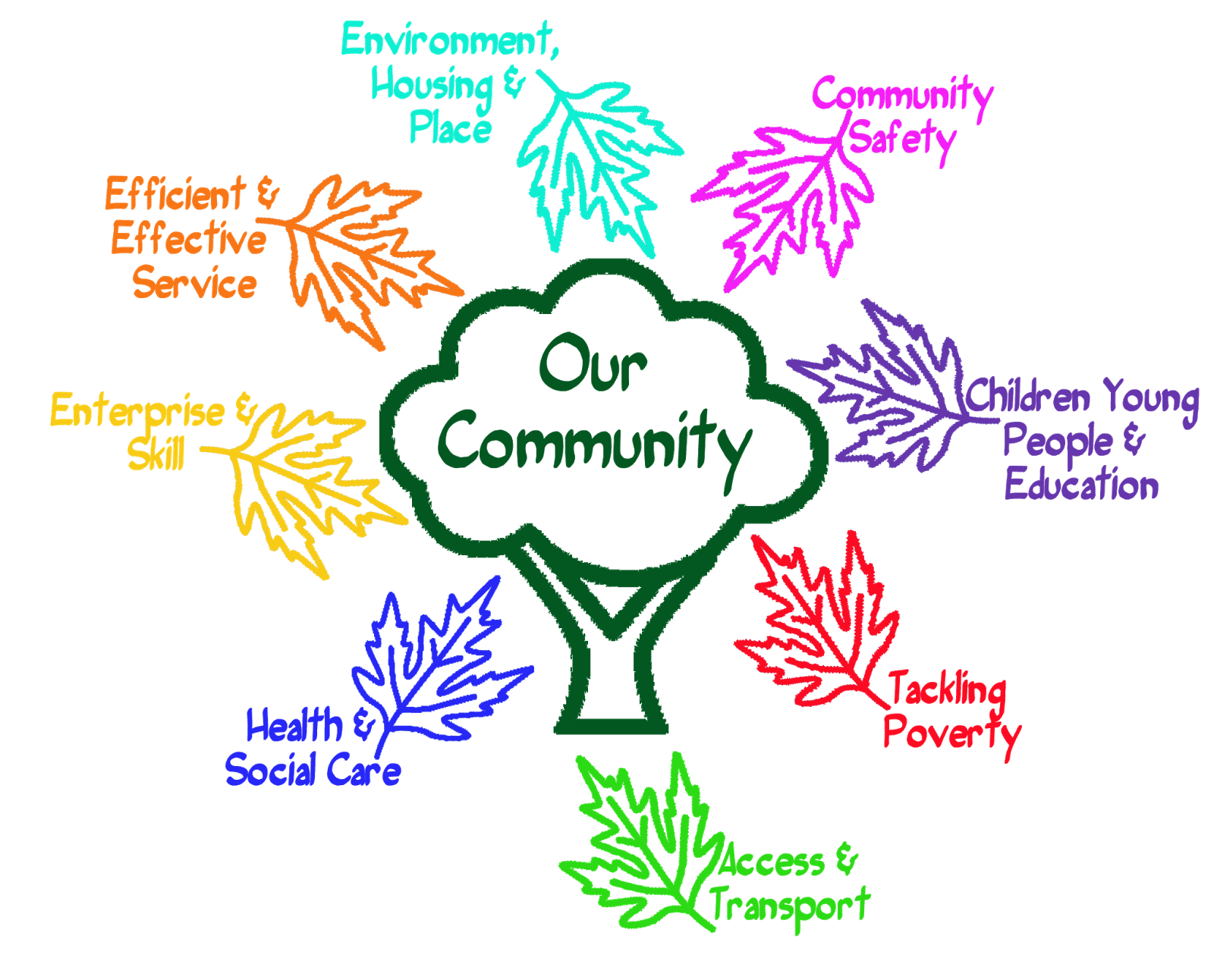21st Century Energy Evolution
The 21st Century Energy Evolution
Climate change has now become the problem the world cannot ignore. Addressing future global warming, and adapting to it now, will require making fundamental changes to the way we live. To day each country Energy Strategy set out how decentralized electricity generation could deliver huge CO2 reductions by enabling the convergence of heat and power generation, leading to massive growth in renewable energy production, and providing the cornerstone of a renewable energy economy.
Global production of oil, the world's dominant energy source, is expected to peak in the next 10 to 20 years. But of greater concern to many is not when or if economically recoverable fossil fuel reserves will be depleted, but the fact that the world cannot afford to use all the conventional energy resources that remain.
Scientists have concluded that global carbon dioxide (CO2) emissions must be reduced at least 50-60 per cent by mid-century to avoid catastrophic change. In late 2007, NASA climate scientist James Hansen warned that atmospheric concentrations of CO2 are already too high, and the world should be aiming to reduce them below current levels. The dramatic reductions in emissions required are not possible without significant and rapid improvements in energy efficiency and a shift to renewable energy. In fact, renewable energy and energy efficiency improvements are the only technologies that can achieve the emissions reductions required over the next decade to help stabilize the global climate.
Distributed renewable power generation can also improve reliability of the electric grid and reduce risk of blackouts due to massive grid failures. In developing countries, where an estimated 1.6 billion people lack access to electricity, renewables can provide power more cheaply and quickly than the extension of transmission lines and construction of new plants, and can aid in economic development, while avoiding the need to spend precious export earnings on imported fuels.
Technologies and markets
Technical progress of many renewables - particularly wind power - has been faster than was anticipated even a few years ago, and this trend is expected to continue. Wind remains the cheapest "new" renewable resource for electricity generation.
Solar photovoltaic (PV) cells, which generate electricity directly from sunlight, are now the cheapest option for many remote or off-grid functions.
Solar photovoltaics (PV) have rapidly become one of the world's fastest growing industries; the US National Renewable Energy Laboratory expects that PV has the "potential to become one of the world's most important industries" as well. PV market options range from consumer products (such as calculators and watches) and remote stand-alone systems for electricity and water pumping to grid-connected systems on buildings and large-scale power plants.
Solar thermal power offers another promising technology for future electricity generation.
Geothermal heat is found deep in the earth, and new technologies allow it to be used directly or tapped for electricity generation by channeling the steam to drive a turbine.
Power generation from biomass continues to increase in more than 40 countries around the world, biomass provides another ready source of energy.
The energy embodied in the oceans' tides, waves, currents and temperature differentials can also be tapped. While most such technologies are still at the experimental stage, Scotland and Australia are among a growing list of countries investing in ocean energy technologies and some sizable installations are already in place or underway in several places around the world.
"I'd put my money on the sun and solar energy. What a source of power! I hope we don't have to wait till oil and coal run out before we tackle that."Thomas Edison
Climate change has now become the problem the world cannot ignore. Addressing future global warming, and adapting to it now, will require making fundamental changes to the way we live. To day each country Energy Strategy set out how decentralized electricity generation could deliver huge CO2 reductions by enabling the convergence of heat and power generation, leading to massive growth in renewable energy production, and providing the cornerstone of a renewable energy economy.
Global production of oil, the world's dominant energy source, is expected to peak in the next 10 to 20 years. But of greater concern to many is not when or if economically recoverable fossil fuel reserves will be depleted, but the fact that the world cannot afford to use all the conventional energy resources that remain.
Scientists have concluded that global carbon dioxide (CO2) emissions must be reduced at least 50-60 per cent by mid-century to avoid catastrophic change. In late 2007, NASA climate scientist James Hansen warned that atmospheric concentrations of CO2 are already too high, and the world should be aiming to reduce them below current levels. The dramatic reductions in emissions required are not possible without significant and rapid improvements in energy efficiency and a shift to renewable energy. In fact, renewable energy and energy efficiency improvements are the only technologies that can achieve the emissions reductions required over the next decade to help stabilize the global climate.
Distributed renewable power generation can also improve reliability of the electric grid and reduce risk of blackouts due to massive grid failures. In developing countries, where an estimated 1.6 billion people lack access to electricity, renewables can provide power more cheaply and quickly than the extension of transmission lines and construction of new plants, and can aid in economic development, while avoiding the need to spend precious export earnings on imported fuels.
Technologies and markets
Technical progress of many renewables - particularly wind power - has been faster than was anticipated even a few years ago, and this trend is expected to continue. Wind remains the cheapest "new" renewable resource for electricity generation.
Solar photovoltaic (PV) cells, which generate electricity directly from sunlight, are now the cheapest option for many remote or off-grid functions.
Solar photovoltaics (PV) have rapidly become one of the world's fastest growing industries; the US National Renewable Energy Laboratory expects that PV has the "potential to become one of the world's most important industries" as well. PV market options range from consumer products (such as calculators and watches) and remote stand-alone systems for electricity and water pumping to grid-connected systems on buildings and large-scale power plants.
Solar thermal power offers another promising technology for future electricity generation.
Geothermal heat is found deep in the earth, and new technologies allow it to be used directly or tapped for electricity generation by channeling the steam to drive a turbine.
Power generation from biomass continues to increase in more than 40 countries around the world, biomass provides another ready source of energy.
The energy embodied in the oceans' tides, waves, currents and temperature differentials can also be tapped. While most such technologies are still at the experimental stage, Scotland and Australia are among a growing list of countries investing in ocean energy technologies and some sizable installations are already in place or underway in several places around the world.









